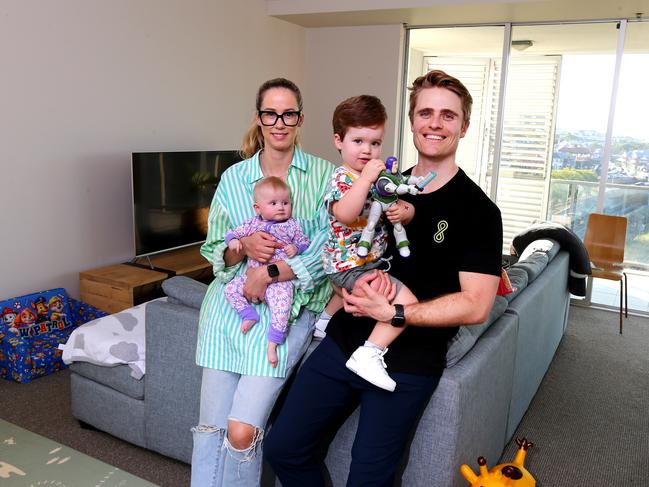Inside Australia’s great home building fail
Aussies are increasingly struggling to find the type of homes they want to live in because of two key reasons.
Property
Don't miss out on the headlines from Property. Followed categories will be added to My News.
Aussies are struggling to find properties suitable for their needs because the country is not building and selling enough of the homes people want in the places where they want them.
Analysis of online search trends showed four-bedroom houses with a backyard were the overwhelming favourite of those searching for newly built properties in most of the country.
Those searching for older properties tended to favour three bedroom houses, which were the most popular choice everywhere outside of inner Melbourne and inner Sydney.
These were also the types of homes that property seekers in capital cities often had the most difficulties finding.

MORE: Homebuyers urged to consider ‘alternative ownership paths’
This was because they were the most tightly held properties in established areas, were listed less frequently and the higher demand meant they were snapped up faster.
Developers have also struggled to build three- and four-bedroom houses in locations closer to CBDs and other areas well serviced by amenities and infrastructure.
PropTrack economist Paul Ryan said restrictive planning and heritage rules had driven up costs and limited development in the areas where demand for housing was greatest.
“It’s not just a land supply issue, zoning and council restrictions have limited redevelopment in established areas where there would otherwise have been opportunities to build new housing.”
It’s been particularly challenging for developers in our largest cities.
About half the dwelling approvals in Sydney and Melbourne over the past financial year were in locations more than 30km from the city’s respective CBDs, according to ABS and PropTrack data.
.
Mr Ryan said the planned homes were not lining up with where people wanted them the most.
“This pushes people further away from jobs, services and transport infrastructure,” he said.
The majority of the dwellings (55 per cent) built in Sydney between 2001 and 2021 were apartments – many far from inner areas
Detached houses accounted for about 27 per cent of the Sydney new builds and semi-attached houses made up the rest.
By comparison, units made up 24 per cent of dwelling approvals in Brisbane over the two decade period, while 56 per cent were for detached houses and 20 per cent were for semi attached.
Houses accounted for about 52 per cent of Melbourne dwellings approved, with semi attached houses at 30 per cent and units at 17 per cent.
Residential construction in all Australia’s major cities has dropped dramatically over the past 18 months.

MORE: How to know what home you can really afford
It is also expected to remain subdued for years more due to building company bankruptcies, higher interest rates and labour shortages.
Property experts said state property taxes have exacerbated the undersupply of houses by driving up the costs of moving home, discouraging older Australians from downsizing.
The result has been that larger, under-utilised houses in some of the best connected suburbs are seldom coming up for sale.
“Policy changes could unlock the housing we already have,” Mr Ryan said. “Moving away from stamp duties which penalise moving, to broader land taxes that incentivise people to live in homes that best suit their current circumstances has big benefits.
“Current exemptions for the family home in pension asset tests also discourage many from moving.
“The solution to the current housing crisis is a combination of allowing more homes where people want to live and policies that encourage better use of the homes we have.”
SQM Research director Louis Christopher said even increasing the supply of homes may not be enough given record migration over the last year.
“A temporary cap on migration, while supply catches up to our increased population, would resolve housing shortages sooner,” he said.
“We also have to accept we’re at the point where it can no longer be about what we want anymore, it’s about what we need. One may dream of a freestanding house, but that dream won’t be met for everyone. And that may mean coming to terms with living in a unit for life.”
More Coverage
Originally published as Inside Australia’s great home building fail





